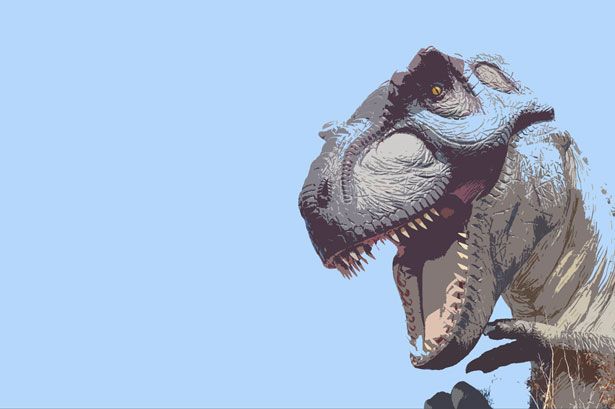DinoDiet
Principal Investigator: Dr. Geller1
Project Description
This project1 aims to analyse the dietary habits of dinosaurs during the late Cretaceous period. We will be focusing on the differences between herbivorous and carnivorous dinosaurs.
NOTE The project will include data collection, analysis, and visualisation of the findings.
Sections
A simple plan for progressing through the technical stages of the project is shown below:
flowchart LR
Collection --> Analysis --> Visualisation
Analysis --> ConclusionData Collection
We will be gathering data from various sources, including fossil records, scientific literature, and online databases. We've listed some key sources below, check them out!
- Paleobiology Database
- The Fossil Forum
- Research articles from the Journal of Vertebrate Paleontology
Data Analysis
The data will be analysed using statistical methods to identify patterns and trends in the dietary habits of dinosaurs. We will be comparing the diets of herbivorous and carnivorous dinosaurs to understand their food preferences and ecological roles.
We will be using programming for our data analysis. Here is a sample of how we will load the data in different languages.
R
Python
import pandas as pd # Load the necessary libs
dino_data = pd.read_csv("dino_data.csv") # Read the data
Data Visualisation
We will create graphs and charts to visualise the findings from our analysis. This will help us better understand the relationships between different dinosaur species and their diets. For instance, we will include visualisations such as pie charts for proportions of herbivorous and carnivorous dinosaurs, and bar graphs for the comparison of average body sizes.
WARNING Dinosaur images may be frightening.
An example of a dinosaur image we will use for reference in our visualisations can be found below:

Conclusion
The goal of this project is to gain a deeper understanding of the dietary habits of dinosaurs during the late Cretaceous period. The findings from this research could provide insights into the evolution and ecology of these fascinating creatures and potentially reveal new information about their extinction event.
Further Info
For more information about dinosaurs and their diet, visit the American Museum of Natural History's website at https://www.amnh.org/Contributor Reference
Hunger Factor 
The Hunger Factor (HF) is an important metric in our work. We calculate it with the following equation:
HF = √(Food Eaten²)
DinoSoft Bugs 
When calculating large HF scores for dinosaurs, the DinoSoft software may crash. Please reboot your machine with Ctrl + Alt + Delete.
Dino Diets :t-rex:
For reference, here is a summary of the diets and primary food sources of some well-known dinosaur species:
| Dinosaur Species | Diet | Primary Food Sources |
|---|---|---|
| Triceratops | Herbivore | Ferns, cycads, and horsetails |
| Tyrannosaurus | Carnivore | Triceratops, Edmontosaurus |
| Stegosaurus | Herbivore | Ferns, mosses, and cycads |
| Velociraptor | Carnivore | Small herbivorous dinosaurs |
| Brachiosaurus | Herbivore | High tree foliage, such as conifers |
| Spinosaurus | Carnivore | Fish, small to medium-sized dinosaurs |
| Oviraptor | Omnivore | Eggs, plants, small animals |
More widely, we estimate the following distribution of dinosaur diets:
pie title Dino Diet Distribution
"Herbivore" : 65
"Carnivore" : 25
"Omnivore" : 10Roadmap
To track the progress of the project, we will be using this roadmap:
- Data Collection
- Collect data from fossil records
- Collect data from scientific literature
- Collect data from online databases
- Data Analysis
- Clean and preprocess the data
- Perform statistical analysis
- Identify patterns and trends
- Data Visualisation
- Create graphs and charts
- Integrate visualisations in the report
- Conclusion
- Summarise findings
- Discuss implications for dinosaur evolution and ecology
- Suggest future research directions